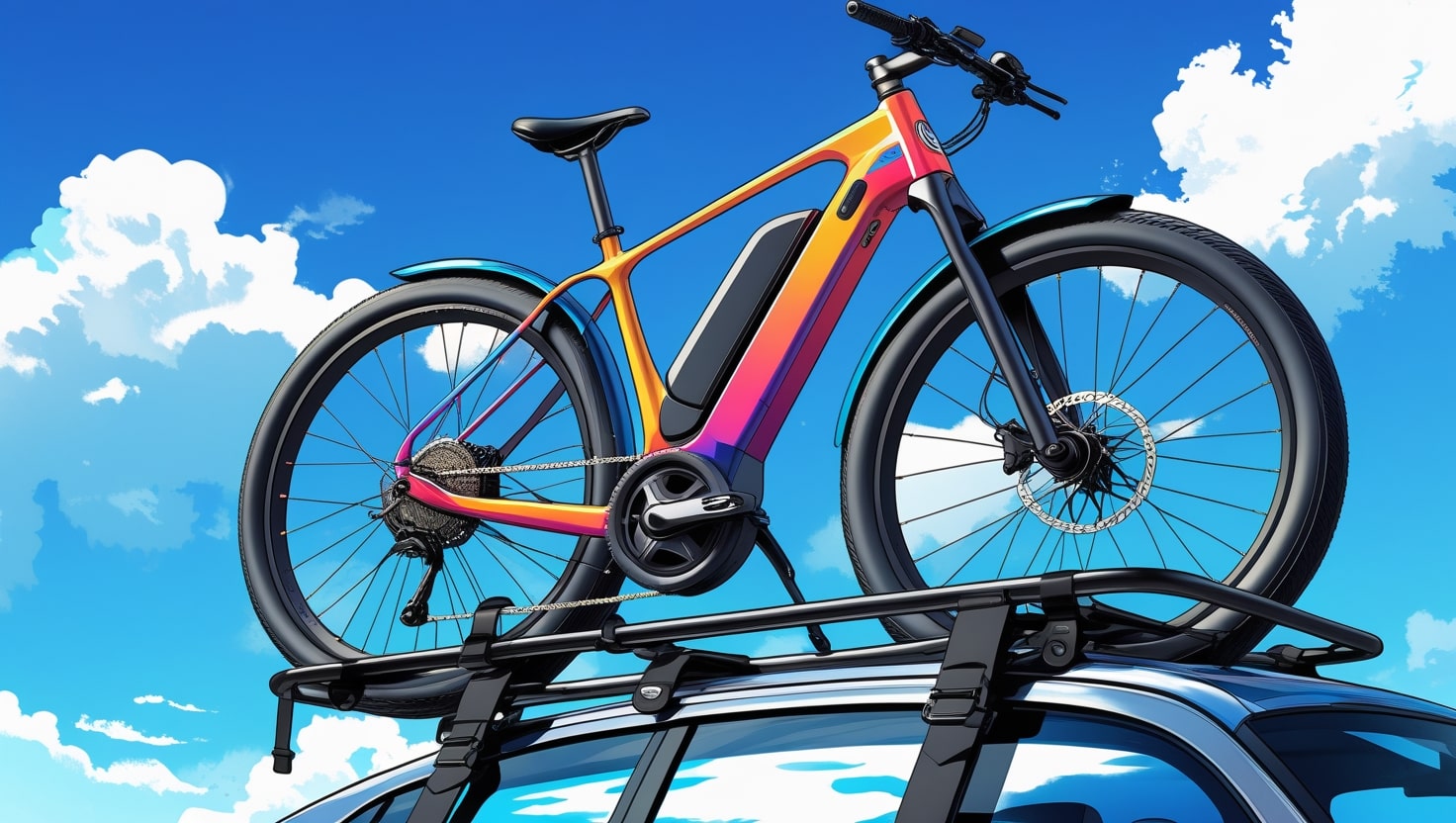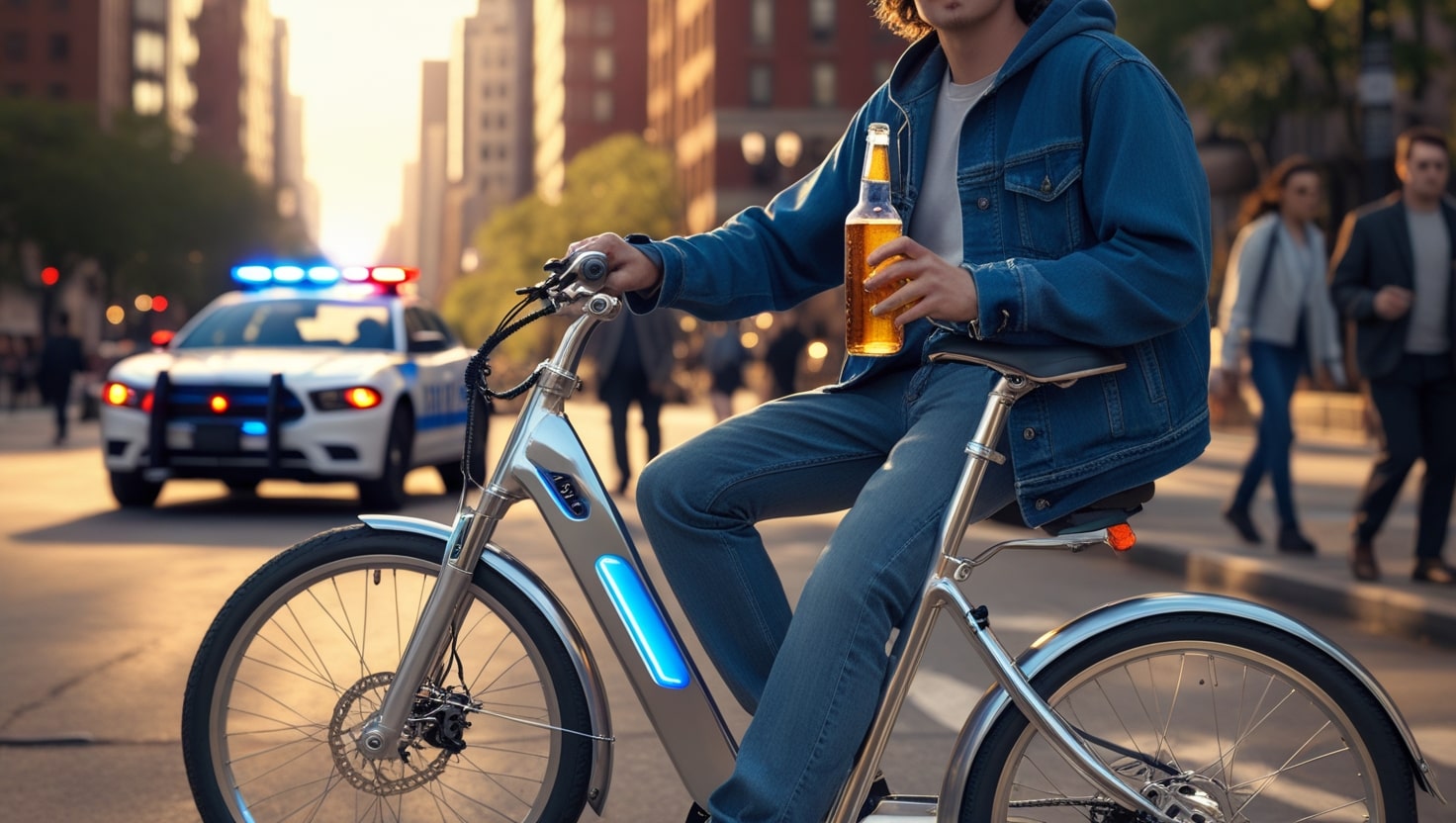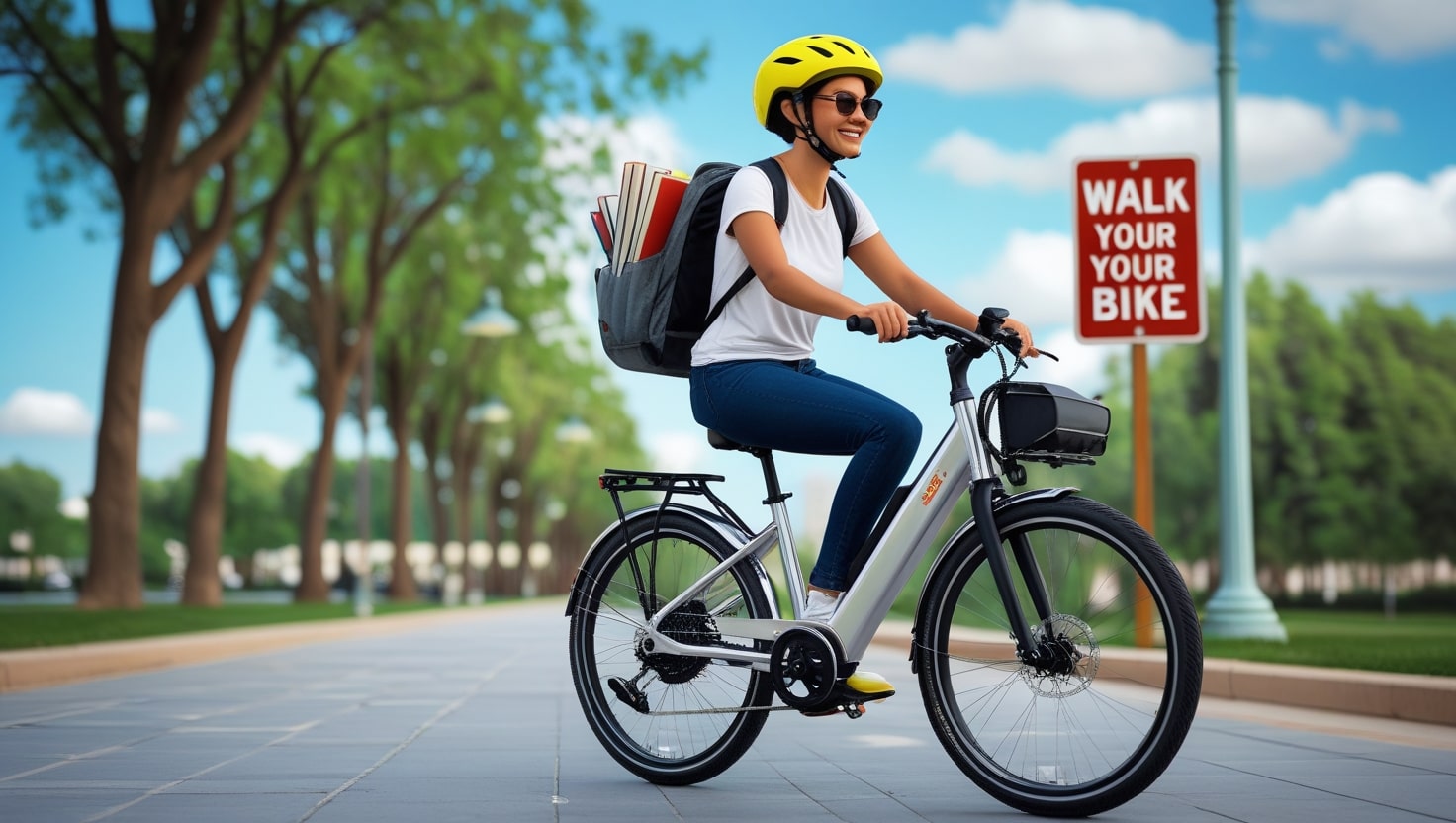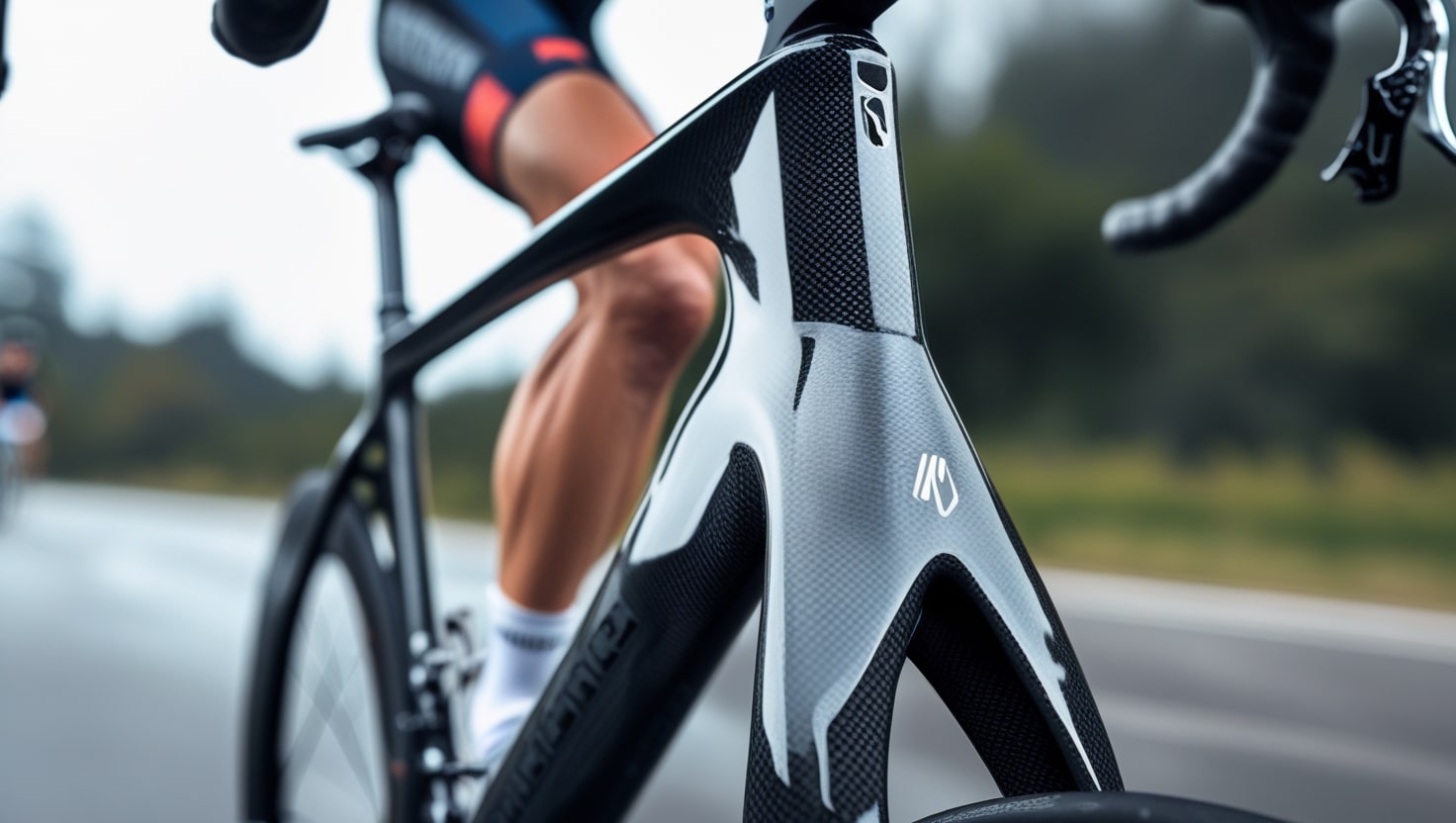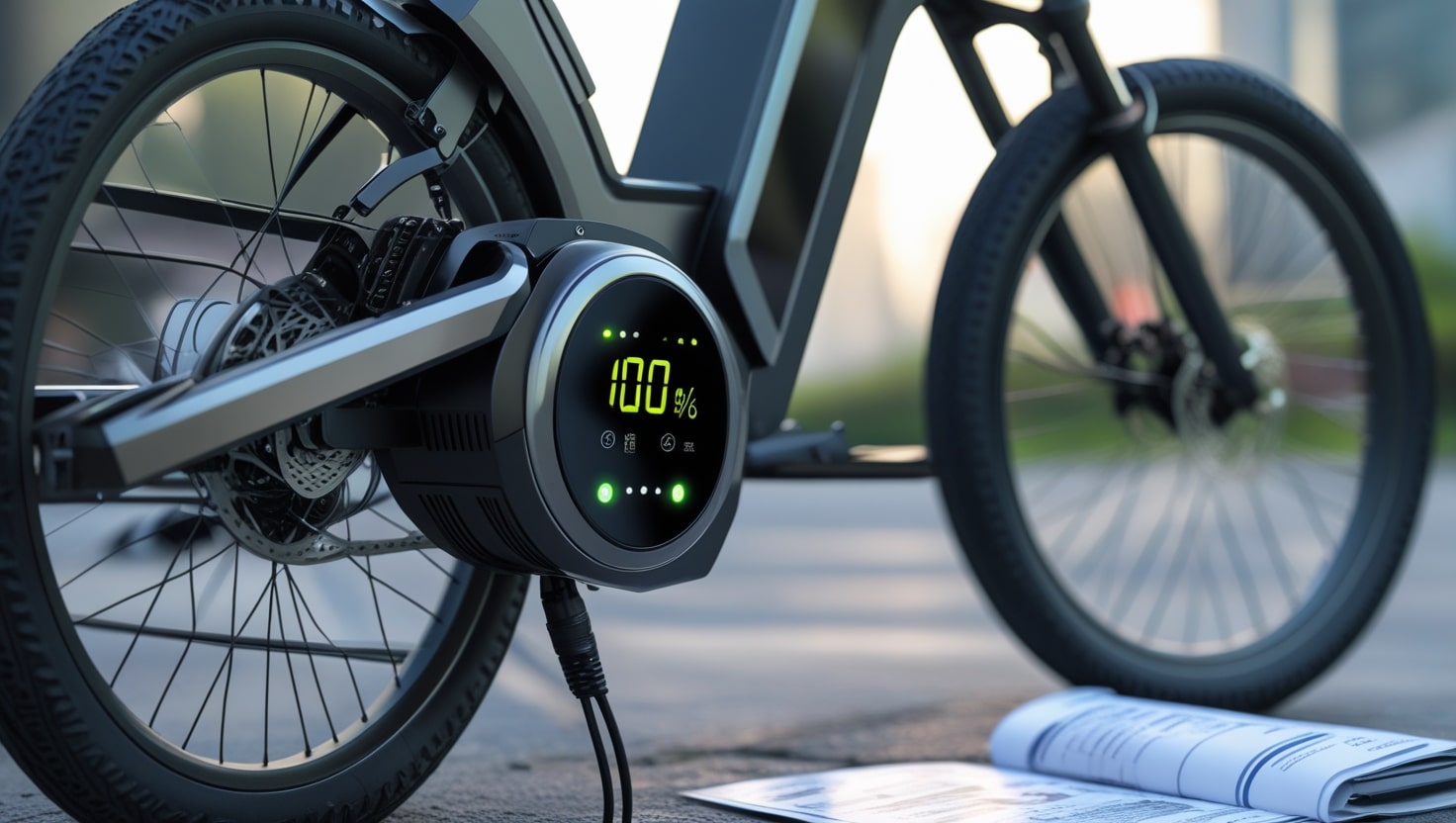If you’ve ever asked yourself, “can you put ebike on roof rack?”—you’re definitely not the only one. As someone who enjoys both biking and road trips, I’ve had to explore all the options for taking my e-bike along without hassle. At first glance, it seems possible to simply lift it onto the roof rack of your car, but the weight of an e-bike introduces real trade-offs you need to watch out for.
It may seem like a smart move, especially if your car doesn’t allow for rear mounts, but lifting and securing such a haul overhead isn’t easy. In this article, I’ll share what I’ve learned, including whether there’s a better way to move your bike that suits your lifestyle and vehicle setup more efficiently.
Key Takeaways:
From my experience transporting eBikes, I’ve learned that while you can technically use a roof rack, most aren’t rated for the weight of a 50+ lb bike.
It’s important to check weight limits first because lifting a heavy eBike overhead isn’t always safe or practical.
Even if you’re strong enough to lift it, doing so safely without damaging your car or injuring yourself is key.
I’ve found that hitch racks are far easier to use, generally safer, and a better fit for most riders.
Before driving, always remove the battery and secure the bike properly to avoid any damage or mishaps.
can you put ebike on roof rack
I’ve had a few situations where I had to transport my eBike on a road trip, and the question always comes up—can I safely put it on the roof rack? Technically, yes, but it’s not the best option for most riders. E-bikes are often much heavier than regular bikes, sometimes weighing between 40 to 70 lbs, and trying to lift one onto the roof of your car is no small task.
It’s not just tough; it can be downright dangerous if you don’t secure it properly. If it’s not strapped well, wind resistance at highway speeds can shake it loose or send it flying, which puts both your vehicle and others at risk.
Besides, not every roof rack or car is designed to handle that kind of weight. There’s often a limit to how much your vehicle roof can hold, so it’s important to check your specs before mounting anything on top.
Personally, I’ve found a hitch rack to be a far safer and easier solution. It keeps the bike lower, reduces strain, and is simply more practical when you’re dealing with heavier loads. If you value stability and safety, go with what works—not just what fits.
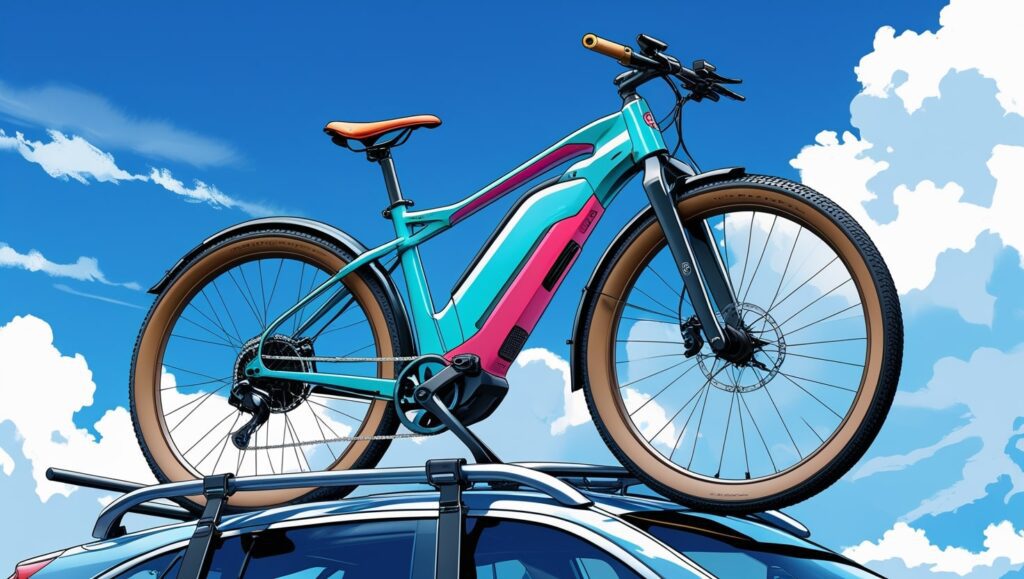
Can Any Roof Rack Hold an eBike?
Not every roof rack is designed to hold the weight of an e-bike. The majority are designed for regular motorcycles, which are much lighter. Here are some important items to check before mounting your e-bike on a roof rack:
Weight Capacity: Not all racks are designed for eBikes. Many roof racks max out around 40 lbs, but most eBikes weigh more than that. You need to make sure the rack is stronger and built to hold the weight, especially when you factor in the bike’s total load.
Mounting Type: The mounting type matters. Some racks support the bike by the frame, others by the wheels. I’ve found that frame-mounted styles can cause stress on the frame of a heavier eBike, so choose one that fits your bike’s design and supports it securely.
Your Car’s Roof Strength: Even if the rack can handle it, your car might not. Verify the roof strength and load limit of your car, which typically ranges from 100 to 165 lbs, including the rack. Not all vehicles are meant to carry heavy bikes on the roof.
Ease of Use: Lifting an eBike overhead is hard—I’d call it a full workout. If you plan to do it often, think about whether you can safely do this each time you need to transport your bike. Ease of use is key, especially if you’re dealing with a bulky, heavy eBike.
Also Read: Where Can I Sell My Bike for Cash?
Pros and Cons of Transporting eBikes on a Roof Rack
Mounting an e-bike on a roof rack is possible, but it may not be the most practical choice. We’ll go over the benefits and drawbacks below to help you decide if it’s the right choice for you.
Pros
Keeps the trunk and hitch free: A roof rack is a great option if your vehicle doesn’t have a hitch receiver or if you need constant access to your trunk. I’ve used this setup while traveling, and it kept everything at the back completely free without blocking anything important.
Works for lighter eBikes: If your eBike is on the lighter side—around or under 40 lbs—lifting it to the top isn’t too difficult. I’ve done this solo with a compact bike, and it’s very doable if you plan your movements right.
Fits on most vehicles: Most cars, SUVs, and even crossovers come with roof rails, and many roof racks are universal.
No risk of rear-end damage: Since the bike is roof-mounted, you avoid the risk of it getting hit in parking lots or during minor accidents—something that can happen with hitch racks. Keeping your gear out of harm’s way just feels smarter, and that harm’s way buffer can make a big difference.
Cons
Lifting is difficult: Lifting a heavy eBike onto the top of a vehicle isn’t exactly easy, especially if you’re alone or dealing with a tall car. The actual hoisting process takes real effort, and for many people, it’s just not practical on a regular basis.
Can exceed weight limits: Most roof racks are designed for regular bikes, and putting an eBike on them can exceed the weight limits. Always check your car’s roof capacity to avoid damage to both the rack and the roof.
Wind resistance and stability issues: At high speeds, wind resistance builds up, which may lead to instability and reduce fuel efficiency. I’ve noticed this firsthand while driving with an eBike on the roof—it changes how the car handles.
Height clearance problems: Tall setups lead to trouble in places like drive-thrus, low bridges, and parking garages. It’s surprisingly easy to forget the height clearance, which can quickly turn into a costly nightmare.
More difficult to secure: Compared to hitch racks, roof-mounting takes more time to secure the bike properly. You need to strap it down tightly and lock it in place, which adds steps to the process every time.
Also Read: Can You Ride a Motorcycle in the Rain?
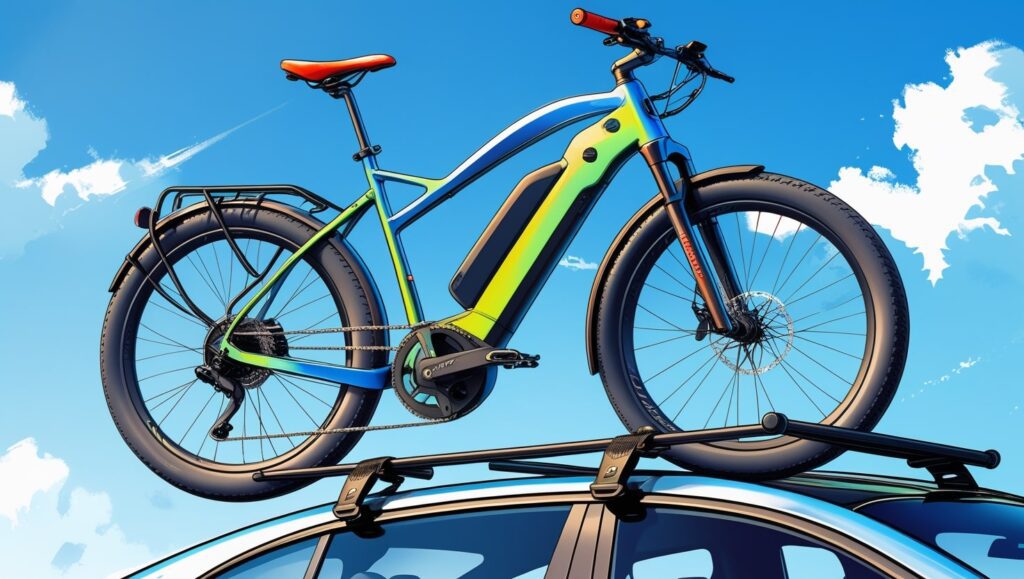
How to Securely Mount an eBike on a Roof Rack
If you have chosen to use a roof rack, take the following actions to ensure that your bike is safe and secure:
Remove the battery: Always remove the battery before loading your bike onto the rack. This helps reduce the total weight and protects it from weather, vibration, and potential damage.
Take off accessories: Take off anything loose like lights, panniers, or other accessories that could get lost or add wind resistance. Removing extra items also helps you avoid unnecessary shifting.
Lift with care: I always recommend getting help if needed, and when lifting, use your legs, not your back—it really lowers the risk of injury and keeps you steady under pressure. Just take it slow and care for your body.
Center the bike on the rack: Make sure the bike is balanced and positioned squarely on the rack. This will prevent wobbling and instability while driving.
Use high-quality straps: Use high-quality straps at multiple points, making them tight enough to secure the frame, but not so tight that they’re crushing anything. Positioning matters, so check that each strap supports the bike well.
Double-check everything: Make sure the bike is fastened in place by giving it a thorough shake before you start riding. I always double-check—it only takes a second to catch something you might’ve missed.
Stop and inspect: After a bit of driving, pull over and check that everything is still in place. A quick inspect can prevent issues, especially on long trips or bumpy roads.
Best Alternatives to Roof Racks for Transporting an eBike
There are simpler options available if the thought of lifting a bulky e-bike onto your roof seems daunting.
Hitch Racks: The Best Option for eBikes
Hitch racks are by far the easiest and safest way to transport your eBike, especially if you’re not a fan of lifting heavy things overhead.
These racks mount to the back of your car, making it simple to load and unload the bike without lifting it over your head.
Most models can hold up to 120 lbs, which is more than enough for nearly any eBike setup.
Your bike stays more stable on a hitch rack than a roof rack, reducing both wobbling and wind resistance while driving.
The only downside is needing a hitch receiver, but that can be easily installed on most cars.
Also Read: How Many Miles Do Motorcycles Last?
Trunk Racks: A Budget-Friendly Alternative
Trunk-mounted bike racks are a more affordable option for transporting eBikes, especially if you don’t have a hitch on your car. They attach to the back of the vehicle without needing extra hardware.
They work best for lighter models, but always check the weight limit before loading up your bike.
While they can work in a pinch, they’re not as stable as a hitch rack, and using them with heavier bikes could cause the setup to shift or fail.
I’ve seen them scratch the paint if not padded properly, so keep that in mind when choosing the best solution for your gear.
Inside the Car: The Most Secure Option
If you drive an SUV, minivan, or large hatchback, you might be able to fit your bike inside without using a rack at all, which is sometimes the best choice for short trips or poor weather.
Storing the bike inside keeps it safe from theft, weather, and potential damage during transport, and you don’t need to worry about wind resistance or securing it externally.
The downside is that it takes up valuable space and may require you to remove the front wheel to make everything fit properly.
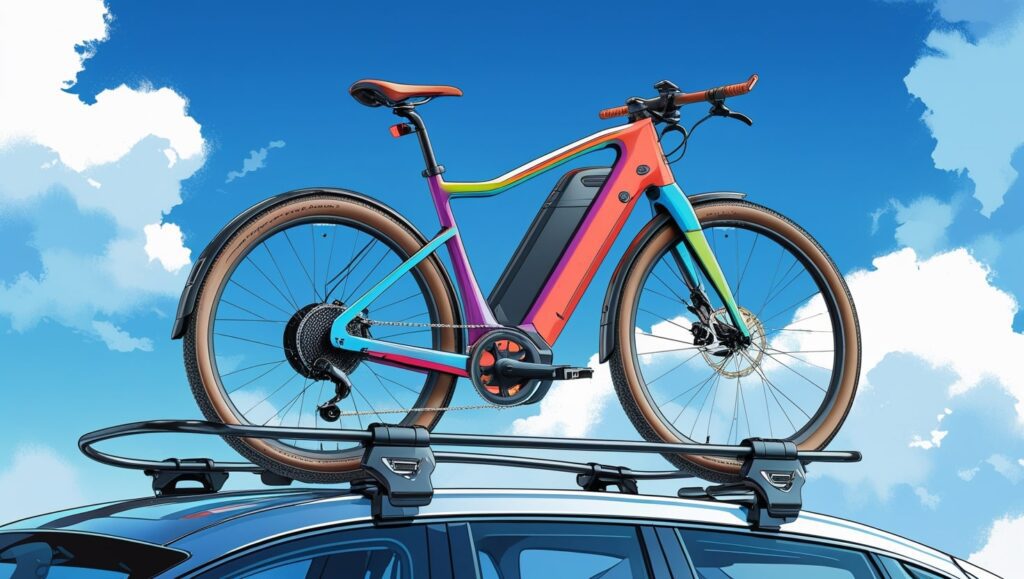
Legal & Safety Considerations for Transporting eBikes on a Roof Rack
Before you mount your electric bike on a roof rack, it’s essential to check the legal regulations in your area. Some states have height restrictions for vehicles carrying cargo, and if your bike exceeds a certain limit, you may need a warning flag or light to remain compliant. Also, watch out for low-clearance zones such as drive-thrus, tunnels, and parking garages—forgetting your load height could easily lead to costly mistakes.
From a safety perspective, a heavy bike on your roof changes your car’s center of gravity, making it less stable, especially during sharp turns or in high winds. If the bike isn’t secured properly, it may shift, come loose, or even fall off, putting other drivers at serious risk. I always double-check the straps before hitting the road and recheck them after a few miles of driving just to be safe.
Another thing to keep in mind is insurance coverage. If your bike gets damaged while on the roof rack or damages another vehicle if it falls off, will your policy cover it? To find out what is and is not covered in the event of an accident, it is wise to get in touch with your insurance company.
Common Mistakes to Avoid When Transporting an eBike on a Roof Rack
If you decide to install a roof rack, be sure to avoid these common mistakes:
Ignoring weight limits: Many roof racks are not designed to support an eBike weighing more than fifty pounds; instead, they are typically made for regular bicycles.Using one that’s not strong enough could damage your gear or car, so always double-check the weight limits before loading up.
Not removing the battery: Leaving the battery attached not only adds weight but also leaves it exposed to weather and extreme conditions. To avoid problems, remove it and store it separately during transport.
Improperly securing the bike: I’ve seen riders make the mistake of using loose straps or poor positioning, which can lead to wobbling, lost bikes, or worse—issues on the highway. Always make sure you’re not improperly securing your bike.
Forgetting about clearance: It’s easy to forget about low-clearance spots like garages, bridges, or drive-thrus, especially when you’re rushing. Many riders have accidentally damaged their bikes this way, so always be mindful of vertical clearance.
Not checking the bike after short trips: Even on short trips, straps can loosen during driving. It’s a good idea to stop, inspect everything, and make sure your setup is still solid before continuing on those long drives or long trips.
Conclusion
For most eBike owners, using hitch racks is the safer, easier, and more practical option. These racks are specifically built to handle heavier bikes, making them more reliable for long trips. If a roof rack is your only option, however, be sure it can sustain the weight of your e-bike and make sure you follow all the correct procedures to secure it securely. Whichever method you use, the most important thing is making sure your bike arrives in one piece so you can focus on enjoying the ride.
FAQs
Can I put a 50-lb eBike on a roof rack?
Yes, you can mount a 50-lb eBike on a roof rack, but the real challenge is in the lifting. Before anything else, always make sure your rack and car can safely handle the weight, or you could risk damage or instability on the road.
Will my eBike be safe on a roof rack at highway speeds?
Only if your bike is securely fastened will it remain safe when riding at high speeds on a roof rack. Wind resistance is no joke on the highway—it can make things unstable quickly. From what I’ve learned on long trips, the key is using strong straps and making sure to check them before and during your drive.
How can I make a roof rack work for an eBike?
To make a roof rack work safely for your eBike, always remove the battery to lighten the load—this makes lifting easier and prevents damage. Before driving, check that everything is secure and well-balanced. I always use high-quality straps and give them a final tug before hitting the road.
What’s the best way to transport an eBike?
For most eBike owners, the safest and most convenient option is a hitch rack. It makes loading the bike much easier, especially if you’re dealing with a heavier model, and it keeps everything secure during transport.

